The cobblestone streets of Old Montreal are lined with historical landmarks, some of which date back to the early seventeenth-century French settlement of Ville-Marie. But these clues to the area’s evolution, from a fur trading post, to a metropolitan hub remain largely unmarked. In an effort to share the hidden histories of these sites for the city’s 375th anniversary, Montreal en Histoires, a non-governmental organization that commemorates local heritage, developed Cité Mémoire. The multimedia project features a free mobile application that directs users to over fifty points of interest throughout Montreal’s oldest neighbourhood. The application engages innovative technologies, cinematic scripts, and dramatic storytelling to reveal lesser known historical figures and locations. Twenty video projections linked to the application animate façades throughout Old Montreal, providing a dynamic interface for residents and visitors alike to not only witness, but emotionally connect with, the city’s past.
By displaying little-known stories about local figures, these films humanize the past and create an affinity for the city spaces where they are projected.
Cité Mémoire presents a diversity of historical narratives—from Montreal’s unsettling and often overlooked history of slavery, to its rich religious and cultural heritage. One projected tableau recounts the tragic story of Marie-Josèphe Angélique, a slave accused of setting a house on fire in Old Montreal and unjustly sentenced to death. Another shows the arrival of a train filled with Jewish orphans escaping the the Holocaust, hopeful for adoption by local families. Another still, depicts baseball legend, Jackie Robinson, who played for the Montreal Royals and became the first African American to desegregate Major League Baseball. By displaying little known stories about local figures, these films humanize the past and create an affinity for the city spaces where they are projected. Michel Lumieux, one of the artists who directed the project, explains, “We wanted to go into poetry and evocation. We wanted to create emotion…There is something of a movie in these tableaux — but the screen is the city”.1 It is the emotional response Cité Mémoire elicits that creates a more accessible and memorable Old Montreal. But how can this process be documented?
As a newcomer to Montreal, I was intrigued by the interactive approach to history promoted by Cité Mémoire. I recruited two study participants, also new the the city, to record our experiences. Using mental maps (subjective diagrams), formal interviews, and informal discussions, we mapped our views of the neighbourhood over time.
Participant #1
Lived in Montreal: 2 years
Visited Old Montreal: Around 7 times
First Impression: “Everything seemed huge. Old Montreal was only about Place d’Armes and Notre-Dame Basilica for me.”
Thoughts on the app: “Helps in locating historical sites to visit and learning new streets and buildings.”
Emotional Triggers: “Fascinated by the tableau of the builders who constructed Lachine Canal.”
Usefulness: “Content is absolutely useful as it helped me learn a lot about old parts of the city.”
Participant #2
Lived in Montreal: 2 months
Visited Old Montreal: 3 times
First Impression: “Not so old, looks pretty modern.”
Thoughts on the app: “It made me connect and relate everything to Place d’Armes, to the trees ‘with the faces’ and the clock as guides between spaces.”
Emotional Triggers: “It changed my first impression of ‘not so old’ to a more historical and proud part of the city.”
Usefulness: “I got acquainted with unfamiliar moments of the city’s past.”
Participant #3
Lived in Montreal for: 3 months
Visited Old Montreal: Twice before
First impression: “A fresh place.”
Thoughts on the app: “Places get stuck in your head.”
Emotional Triggers: None
Usefulness: “It showed the real face of Montreal, and made us live in the moment, which was beautiful.”
Before use of the application, participants focused on singular aspects of the neighbourhood. Their preliminary maps were schematic and centred around famous monuments. After application use, however, participants showed greater connection to the city. Streets appeared well-navigated and emotional reactions correlated with suggested points of interest. The application’s virtual map of Old Montreal encourages users to pursue individualized discovery of the neighbourhood, turning iconic landmarks, like the Old Port and Place d’Armes, into guide markers between lesser-known destinations. As historian Dolores Hayden suggests, urban spaces are given meaning when their connection to a city’s history is recognized in ways other than traditional renovation projects and museum exhibits.2 Thus, the stories told through each tableau inscribe social meaning on the historic landscape of Old Montreal. The Cité Mémoire application renegotiates the relationship between visitors, residents, and the city — it encourage users to not only immerse themselves in the past, but to feel something while doing it.
- Susan M. Schwartz, “Cité Mémoire makes history in Old Montreal”, Montreal Gazette, 3 June 2016, http://montrealgazette.com/entertainment/arts/cite-memoire-makes-history-in-old-montreal.
- Dolores Hayden, “Urban Landscape History”. The Power of Place: Urban Landscapes as Public History, (Cambridge: MIT Press, 1995), 2-44.



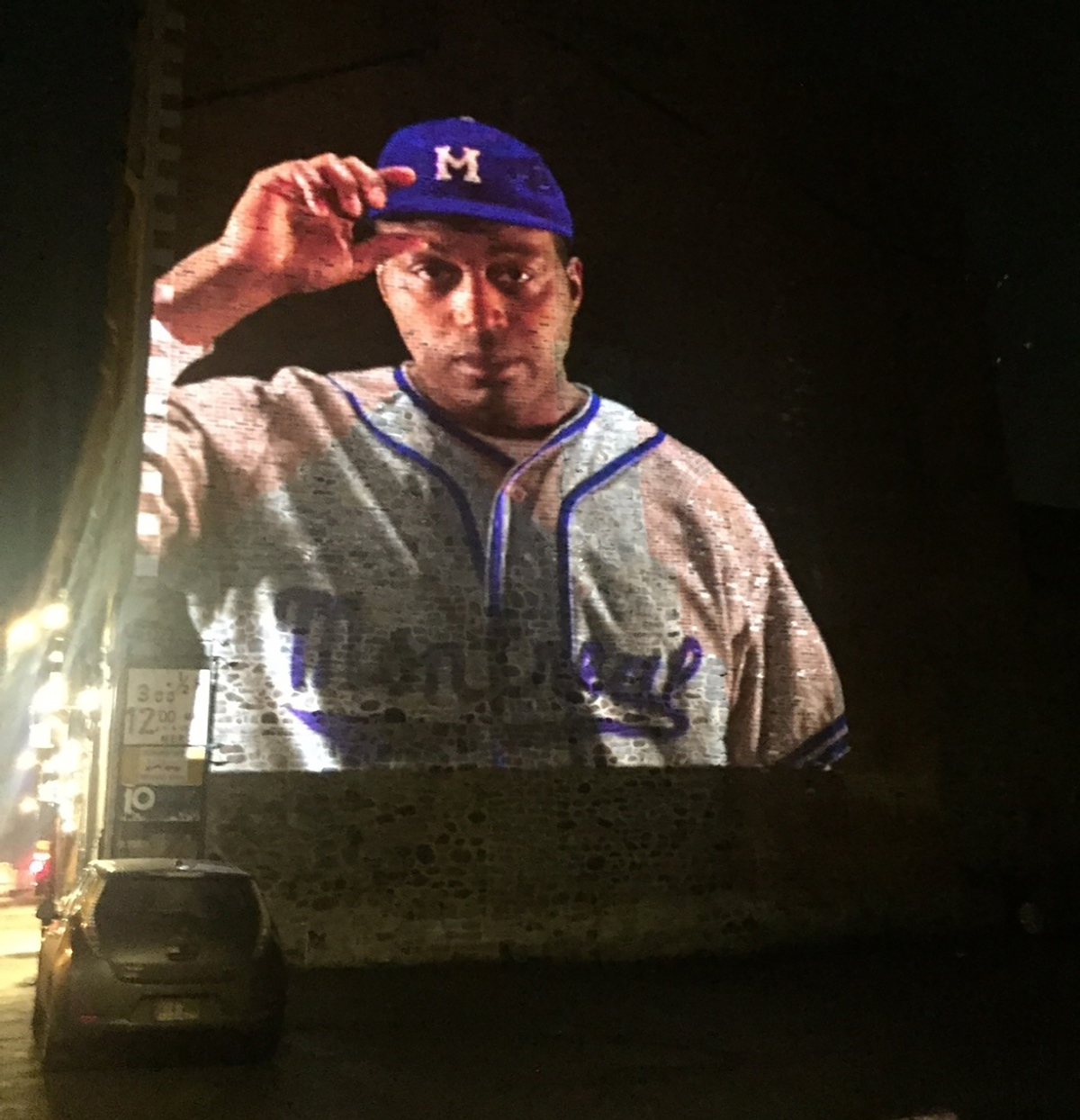
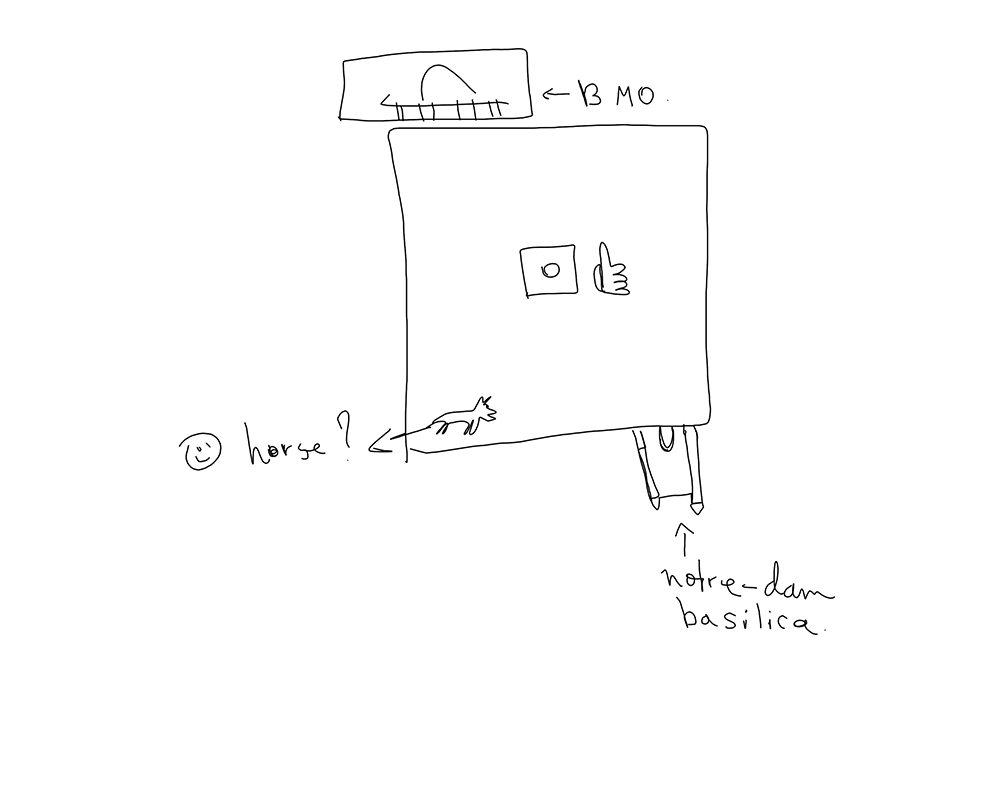
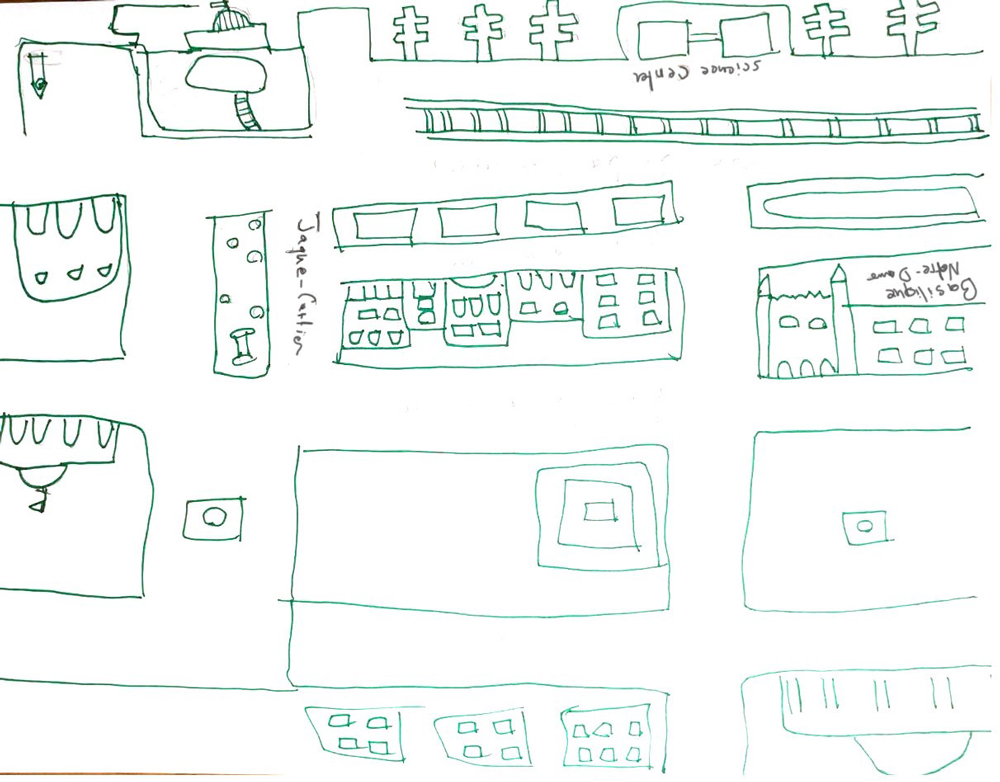
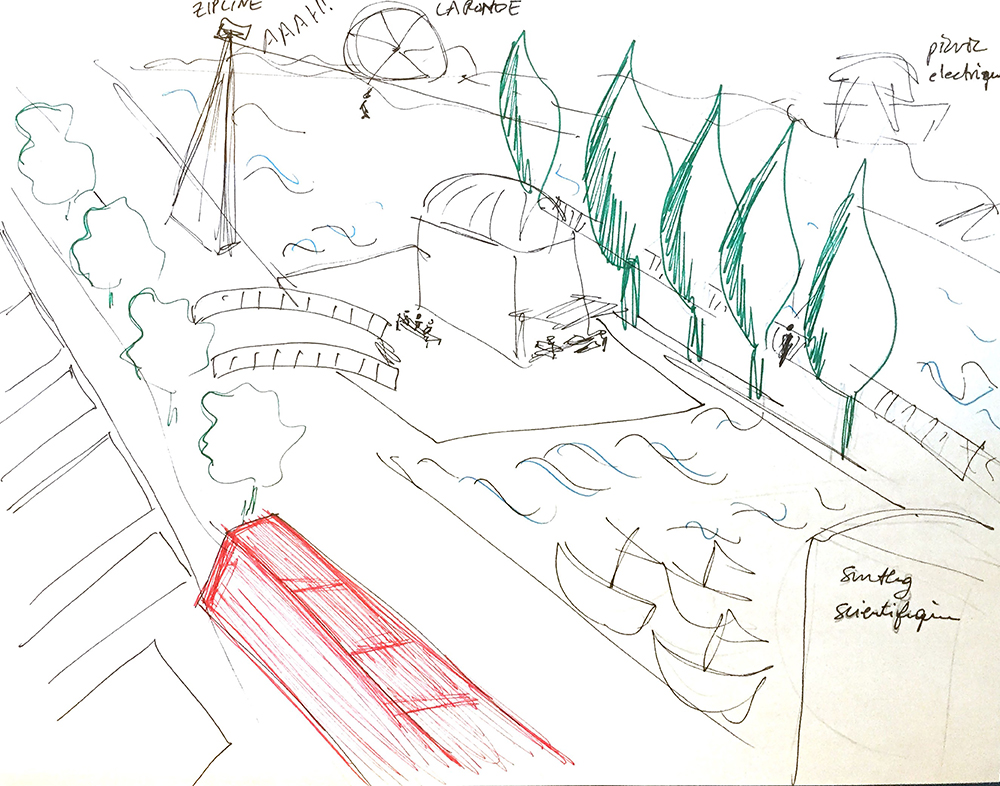
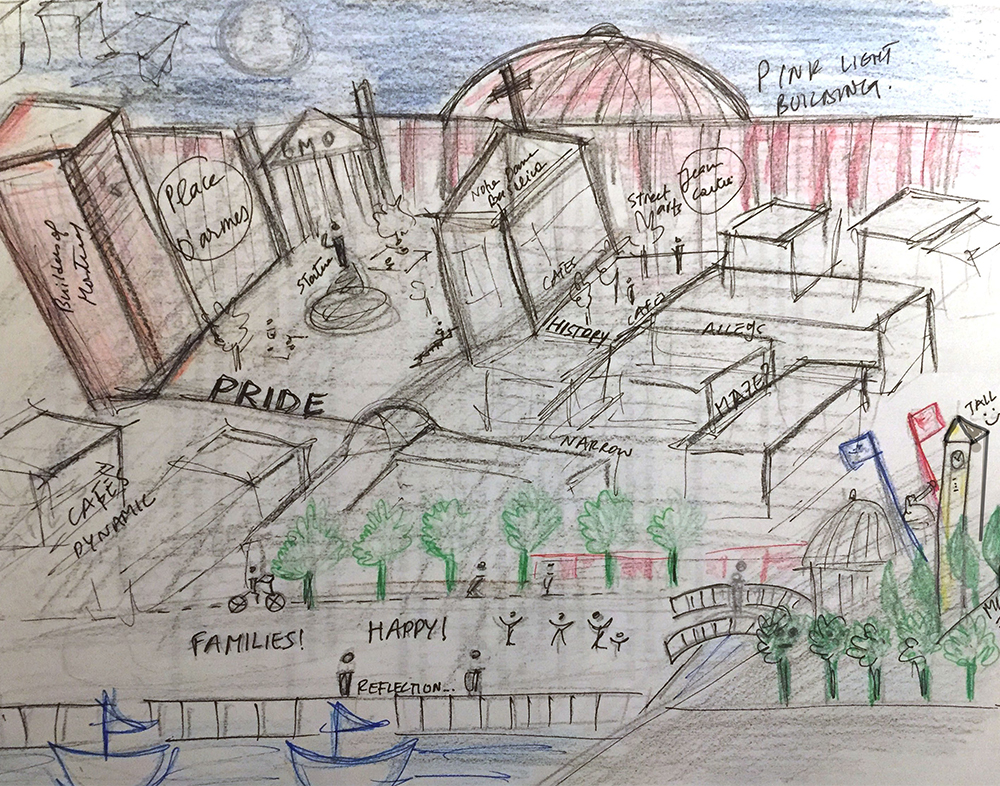
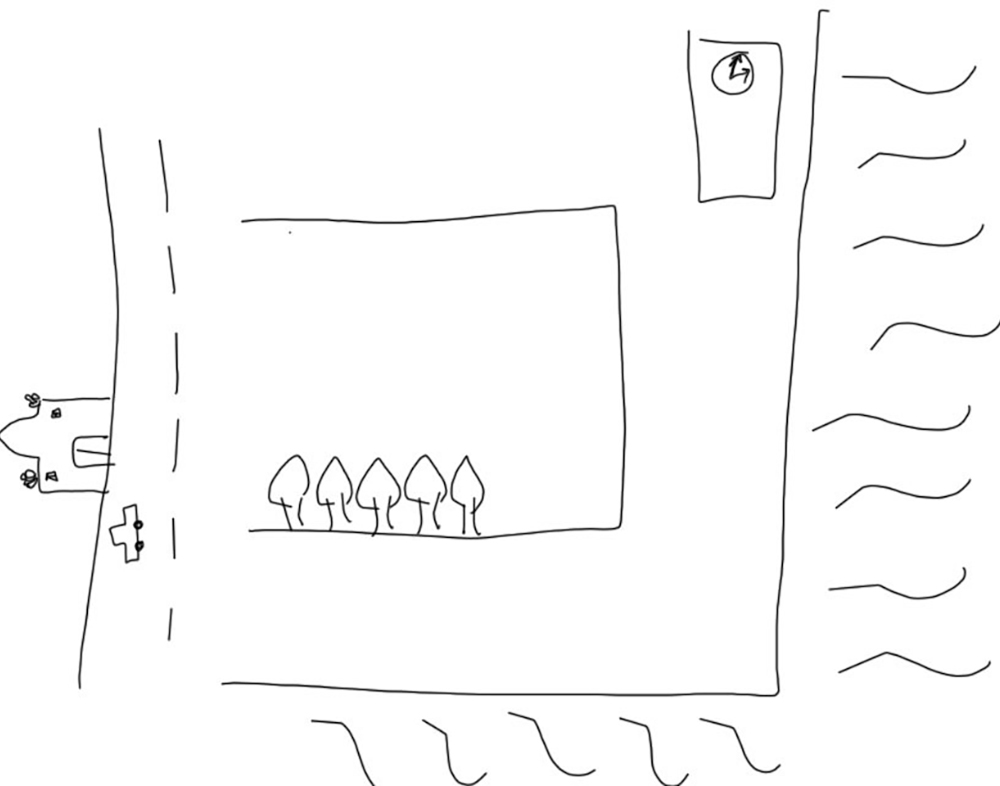
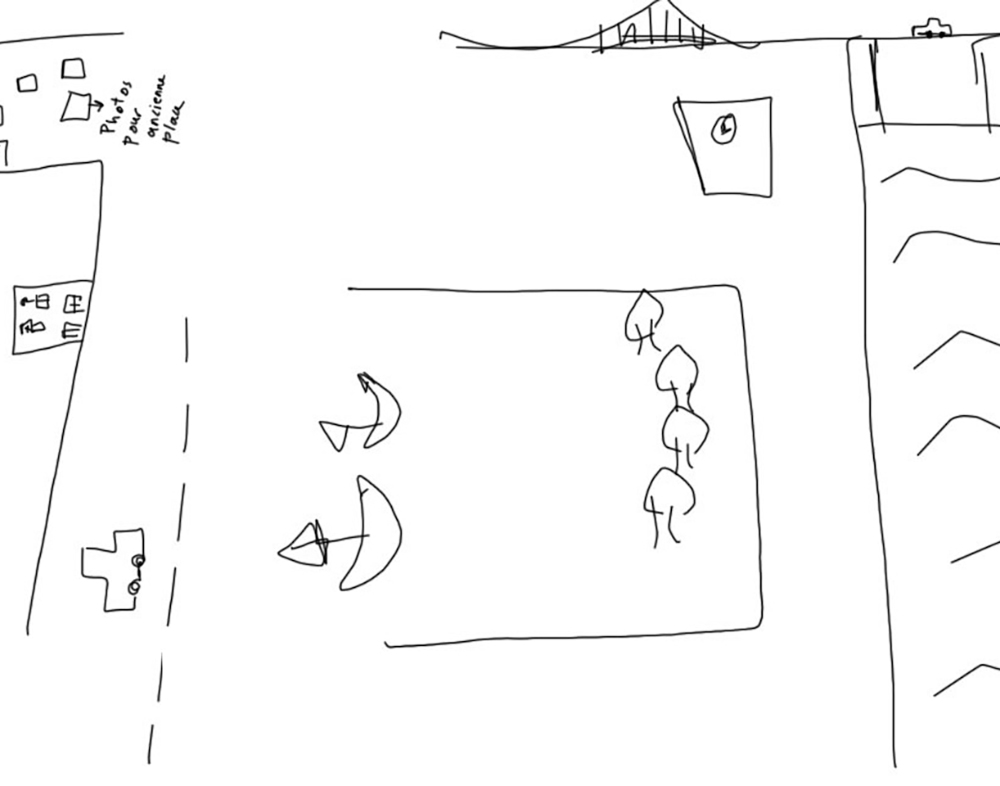


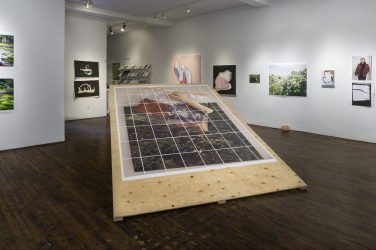
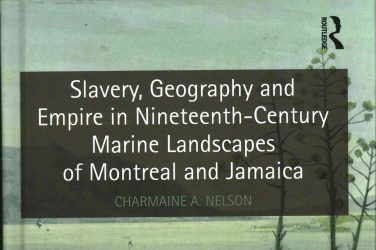
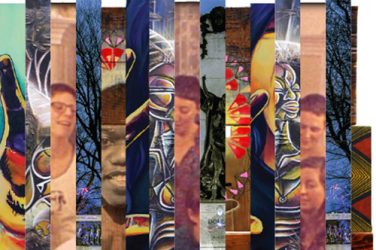
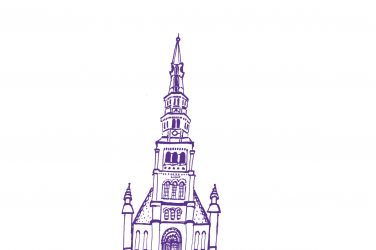
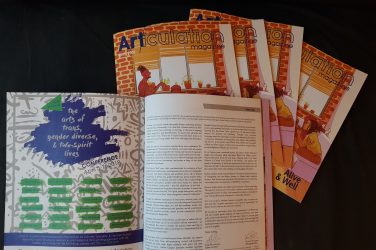
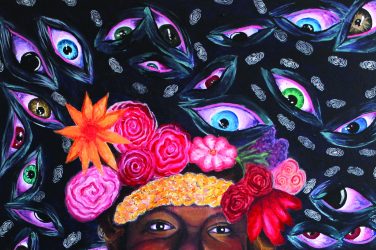
Show Comments (0)